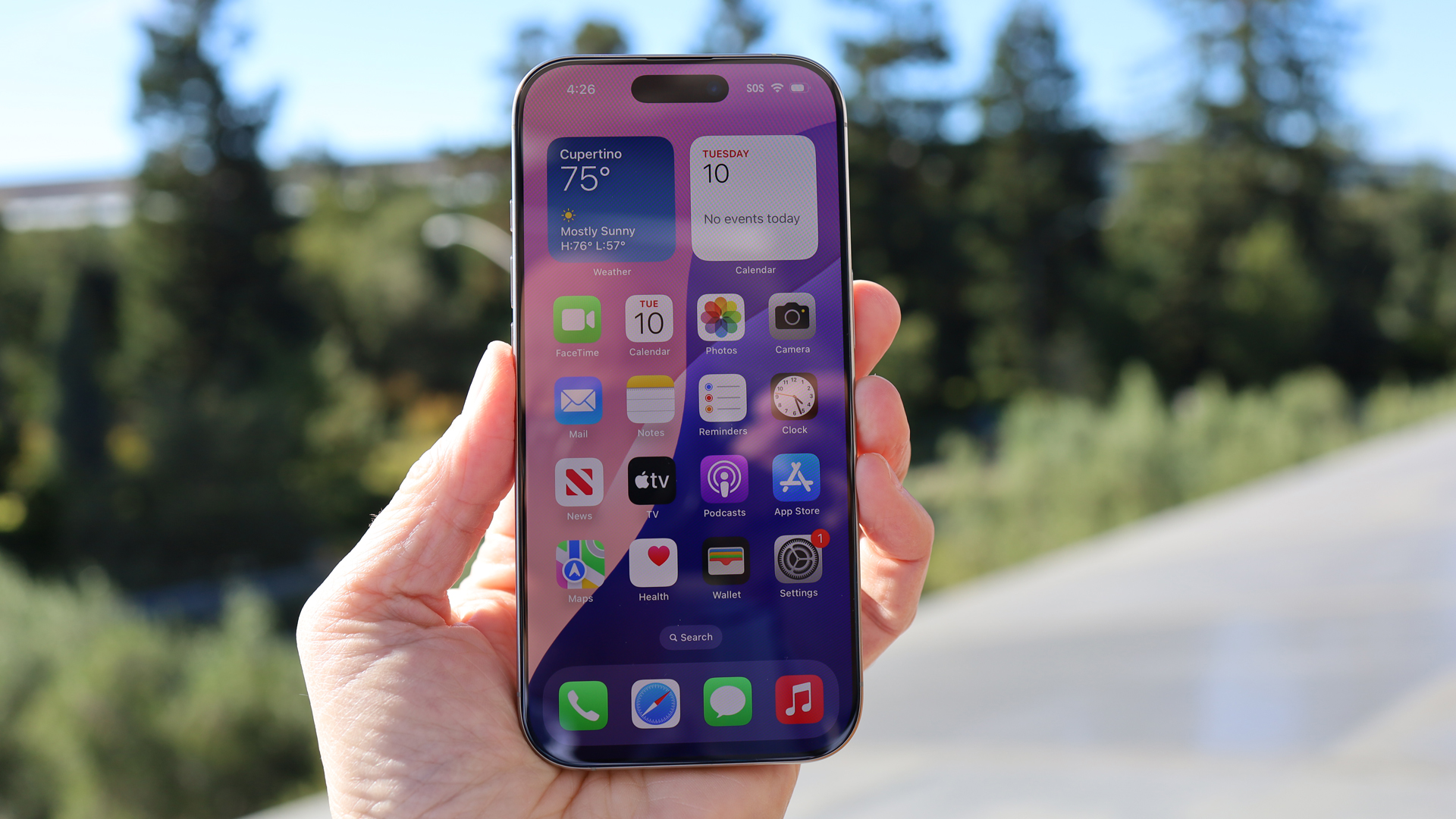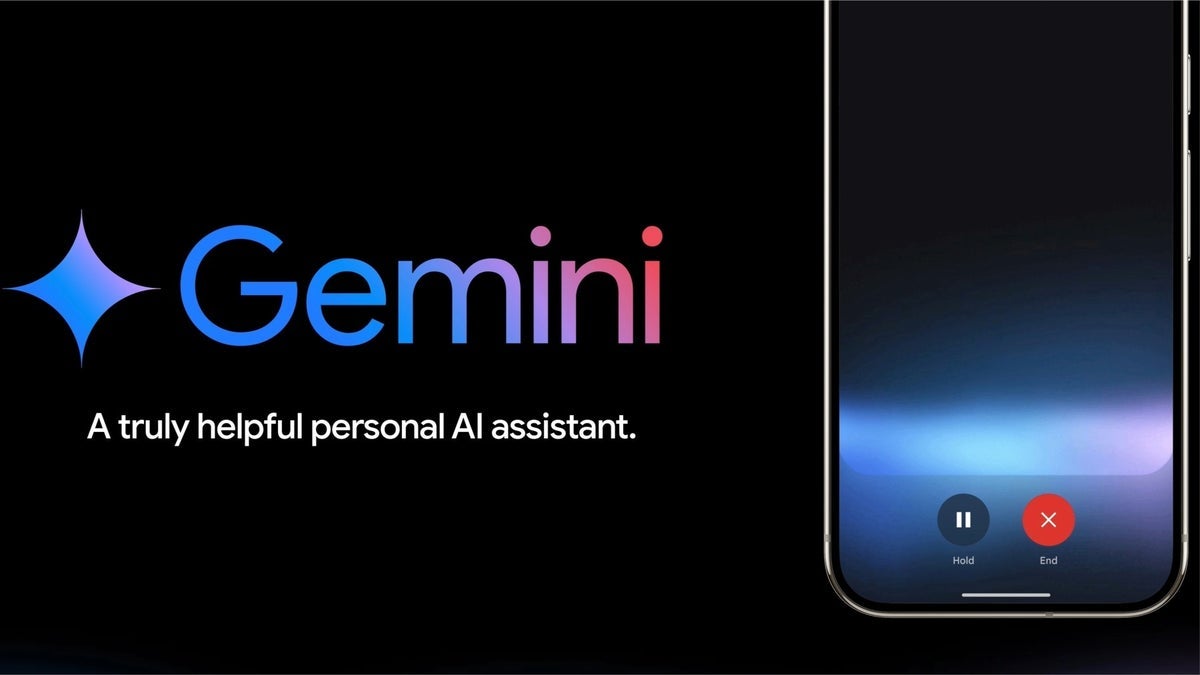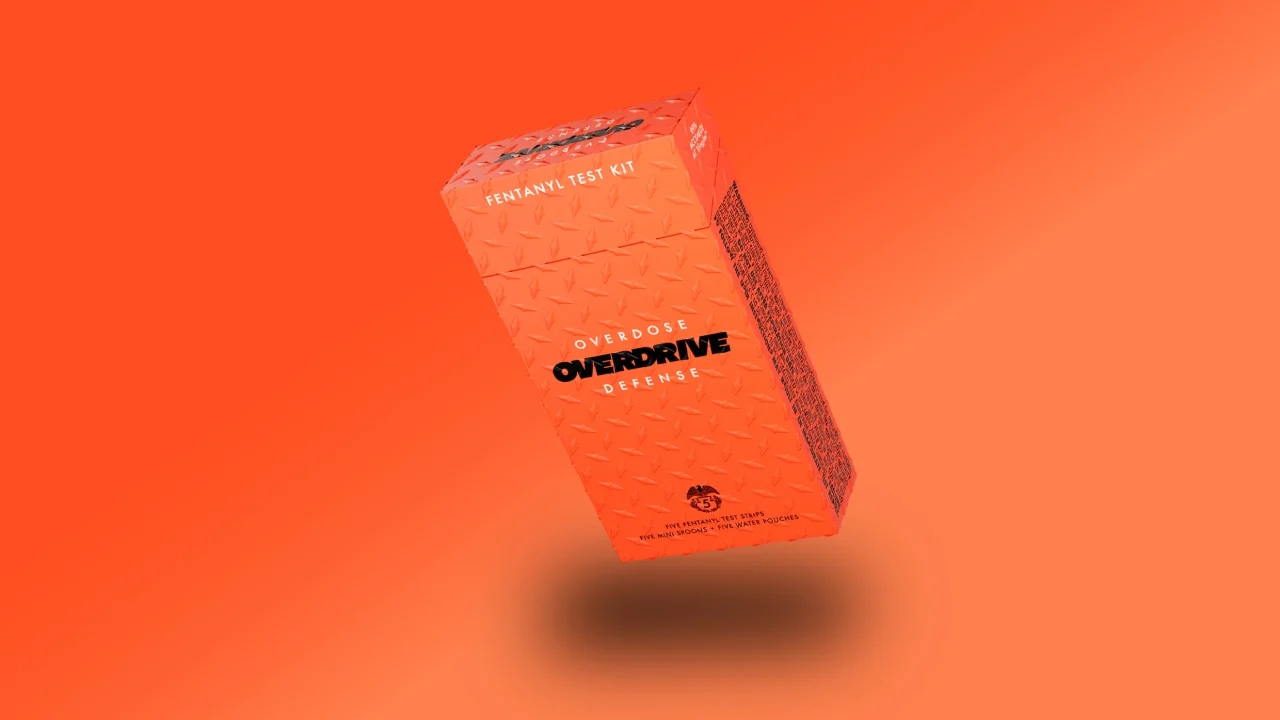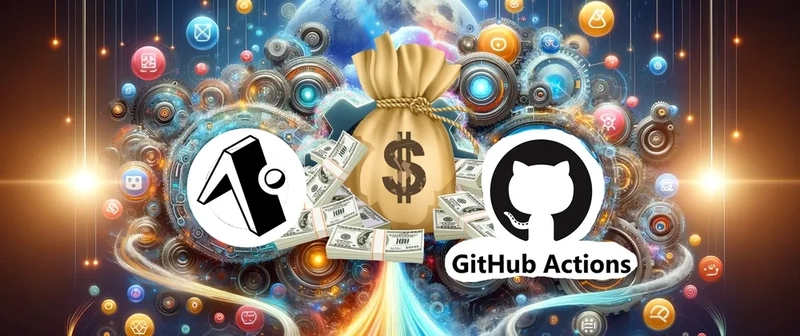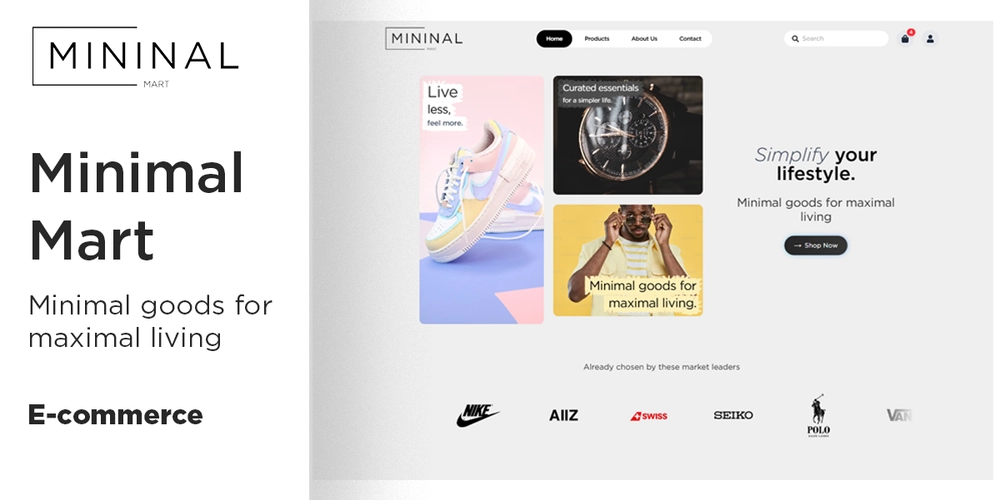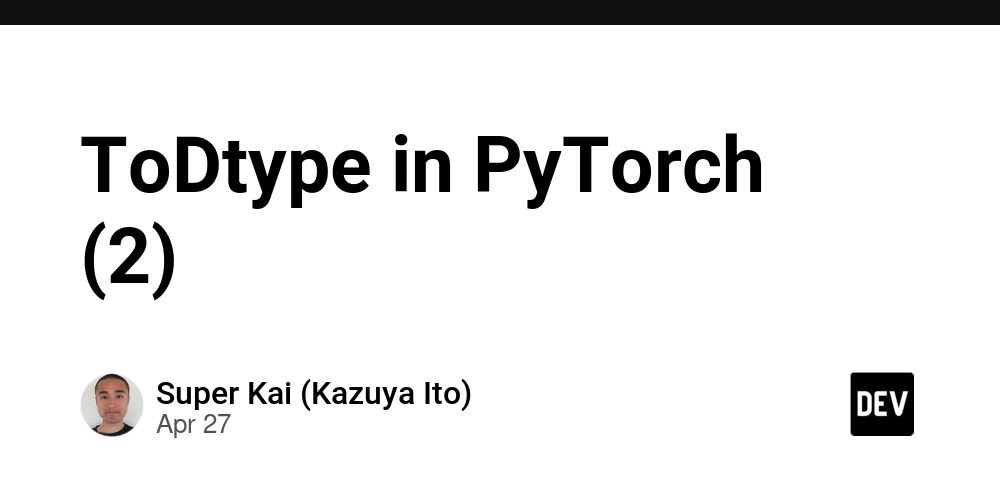Your App Is Genius — But Can It Communicate with Humans? How NLP Integration Can Transform Your Web Application
Speed and aesthetics are no longer sufficient in the digital world today. People must feel heard. And that's where Natural Language Processing (NLP) comes in. I learned this the hard way when a close friend launched a beautiful web application — it had sleek features, fast load times, and even flashy marketing. But despite the hype, users kept leaving. Why? Because the app simply couldn't understand what people actually meant or searched for. It was conversational, not transactional. Within three months' time, after implementing basic NLP features such as intelligent search and intent detection, user engagement doubled by 35%, and the rate of retention improved significantly. The lesson was learned: ➡️ By 2025 and later, apps that will be in charge won't react to people just — they will talk to people. What is NLP (Natural Language Processing)? NLP is a field of AI that allows computers to process, analyze, and generate human language. When you ask Siri what the weather is or type a question into Google, NLP is in action. In web apps, NLP can: Improve search functionality Power smart chatbots Enable real-time text analysis Personalize content Understand customer intent The payoff? More intuitive, engaging user experiences — and a major competitive edge. Why You Should Add NLP to Your Web App Now Enhanced User Experience More than keyword matching, customers require meaningful, understandable results. NLP bridges the gap. Greater Engagement and Retention Conversational apps possess a human quality. They seamlessly retain users for longer, actively, and win loyalty. Competitive Advantage While others keep their web apps in the phase of simplistic interactions, the ones that adopt NLP portray themselves as progressive, customer-oriented companies. Smart Data Insights NLP solutions are capable of handling vast volumes of user queries and interactions — giving you rich inputs to fine-tune your product. How to Start Implementing NLP in Your Web Application Here is a simple blueprint: ✅ Start Small: You do not have to put an entire AI system in place day one. Roll out capabilities like smart search or a basic chatbot to start gaining insights into user behavior. ✅ Use NLP APIs and Libraries: Save time and money by using proven tools like: OpenAI APIs Google Cloud Natural Language API spaCy (Python library) Dialogflow for chatbots ✅ Mind the Intent Understanding: Don't just translate words. Care about why users behave in a certain way. It can be giving better search results, suggesting solutions, or helpful auto-responses. ✅ Train and Update Frequently: Language evolves. Train your models regularly with actual user data to stay relevant and accurate. ✅ Respect User Privacy: Be transparent about data use and exercise good security practices. Trust is crucial in AI engagement. NLP Success in Everyday Life Google Search: Successfully predicts user search queries with never-before-seen accuracy. Grammarly: Provides real-time writing recommendations. Netflix: Recommends personalized content from user activity and natural language signals. Zendesk: Powers AI-driven customer service. These giants leverage NLP to not only automate — but to deliver customized and human-like experiences. Quick Tip: Where to Use NLP in Your App Customer support chatbots Smart FAQs and help centers Product search bars Analysis of user reviews Voice-to-text functionality Final Thoughts: Natural Language Processing is no longer the exclusive province of tech giants. It's available. It's powerful. And it's becoming mandatory. In a world where users expect personalization and understanding, web applications that leverage NLP will thrive — while those that don't will fall behind. Your app doesn't just need to be faster. It has to be clever. It needs to know. Do you have what it takes to build the future of web experiences? Brainstorm with me: If you were able to incorporate ONE NLP feature in your app right now, what would it be? Put your reply in the comments!

Speed and aesthetics are no longer sufficient in the digital world today.
People must feel heard.
And that's where Natural Language Processing (NLP) comes in.
I learned this the hard way when a close friend launched a beautiful web application — it had sleek features, fast load times, and even flashy marketing.
But despite the hype, users kept leaving.
Why?
Because the app simply couldn't understand what people actually meant or searched for.
It was conversational, not transactional.
Within three months' time, after implementing basic NLP features such as intelligent search and intent detection, user engagement doubled by 35%, and the rate of retention improved significantly.
The lesson was learned:
➡️ By 2025 and later, apps that will be in charge won't react to people just — they will talk to people.
What is NLP (Natural Language Processing)?
NLP is a field of AI that allows computers to process, analyze, and generate human language.
When you ask Siri what the weather is or type a question into Google, NLP is in action.
In web apps, NLP can:
Improve search functionality
Power smart chatbots
Enable real-time text analysis
Personalize content
Understand customer intent
The payoff?
More intuitive, engaging user experiences — and a major competitive edge.
Why You Should Add NLP to Your Web App Now
Enhanced User Experience
More than keyword matching, customers require meaningful, understandable results. NLP bridges the gap.Greater Engagement and Retention
Conversational apps possess a human quality. They seamlessly retain users for longer, actively, and win loyalty.Competitive Advantage
While others keep their web apps in the phase of simplistic interactions, the ones that adopt NLP portray themselves as progressive, customer-oriented companies.Smart Data Insights
NLP solutions are capable of handling vast volumes of user queries and interactions — giving you rich inputs to fine-tune your product.
How to Start Implementing NLP in Your Web Application
Here is a simple blueprint:
✅ Start Small:
You do not have to put an entire AI system in place day one. Roll out capabilities like smart search or a basic chatbot to start gaining insights into user behavior.
✅ Use NLP APIs and Libraries:
Save time and money by using proven tools like:
OpenAI APIs
Google Cloud Natural Language API
spaCy (Python library)
Dialogflow for chatbots
✅ Mind the Intent Understanding:
Don't just translate words. Care about why users behave in a certain way.
It can be giving better search results, suggesting solutions, or helpful auto-responses.
✅ Train and Update Frequently:
Language evolves.
Train your models regularly with actual user data to stay relevant and accurate.
✅ Respect User Privacy:
Be transparent about data use and exercise good security practices. Trust is crucial in AI engagement.
NLP Success in Everyday Life
Google Search: Successfully predicts user search queries with never-before-seen accuracy.
Grammarly: Provides real-time writing recommendations.
Netflix: Recommends personalized content from user activity and natural language signals.
Zendesk: Powers AI-driven customer service.
These giants leverage NLP to not only automate — but to deliver customized and human-like experiences.
Quick Tip: Where to Use NLP in Your App
Customer support chatbots
Smart FAQs and help centers
Product search bars
Analysis of user reviews
Voice-to-text functionality
Final Thoughts:
Natural Language Processing is no longer the exclusive province of tech giants.
It's available. It's powerful. And it's becoming mandatory.
In a world where users expect personalization and understanding, web applications that leverage NLP will thrive — while those that don't will fall behind.
Your app doesn't just need to be faster.
It has to be clever.
It needs to know.
Do you have what it takes to build the future of web experiences?
Brainstorm with me:
If you were able to incorporate ONE NLP feature in your app right now, what would it be?
Put your reply in the comments!
.jpg)
































































































































































![[The AI Show Episode 143]: ChatGPT Revenue Surge, New AGI Timelines, Amazon’s AI Agent, Claude for Education, Model Context Protocol & LLMs Pass the Turing Test](https://www.marketingaiinstitute.com/hubfs/ep%20143%20cover.png)














































































































![[Research] Starting Web App in 2025: Vibe-coding, AI Agents….](https://media2.dev.to/dynamic/image/width%3D1000,height%3D500,fit%3Dcover,gravity%3Dauto,format%3Dauto/https:%2F%2Fdev-to-uploads.s3.amazonaws.com%2Fuploads%2Farticles%2Fby8z0auultdpyfrx5tx8.png)














![[DEALS] Koofr Cloud Storage: Lifetime Subscription (1TB) (80% off) & Other Deals Up To 98% Off – Offers End Soon!](https://www.javacodegeeks.com/wp-content/uploads/2012/12/jcg-logo.jpg)





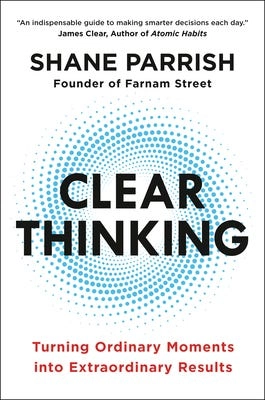









































-RTAガチ勢がSwitch2体験会でゼルダのラスボスを撃破して世界初のEDを流してしまう...【ゼルダの伝説ブレスオブザワイルドSwitch2-Edition】-00-06-05.png?width=1920&height=1920&fit=bounds&quality=70&format=jpg&auto=webp#)


























































































_roibu_Alamy.jpg?width=1280&auto=webp&quality=80&disable=upscale#)


.webp?#)























































































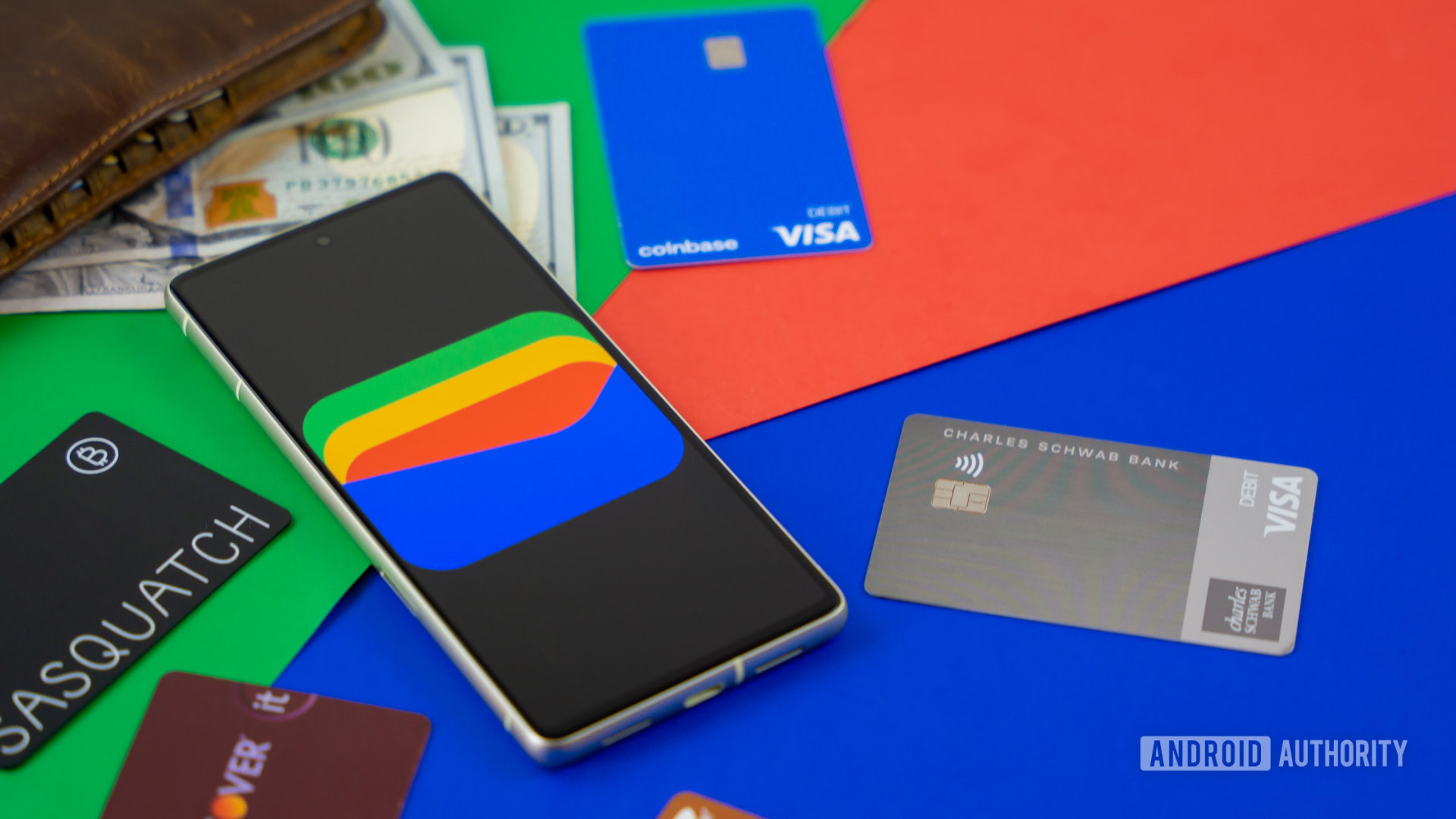





















![M4 MacBook Air Drops to Just $849 - Act Fast! [Lowest Price Ever]](https://www.iclarified.com/images/news/97140/97140/97140-640.jpg)
![Apple Smart Glasses Not Close to Being Ready as Meta Targets 2025 [Gurman]](https://www.iclarified.com/images/news/97139/97139/97139-640.jpg)
![iPadOS 19 May Introduce Menu Bar, iOS 19 to Support External Displays [Rumor]](https://www.iclarified.com/images/news/97137/97137/97137-640.jpg)

















